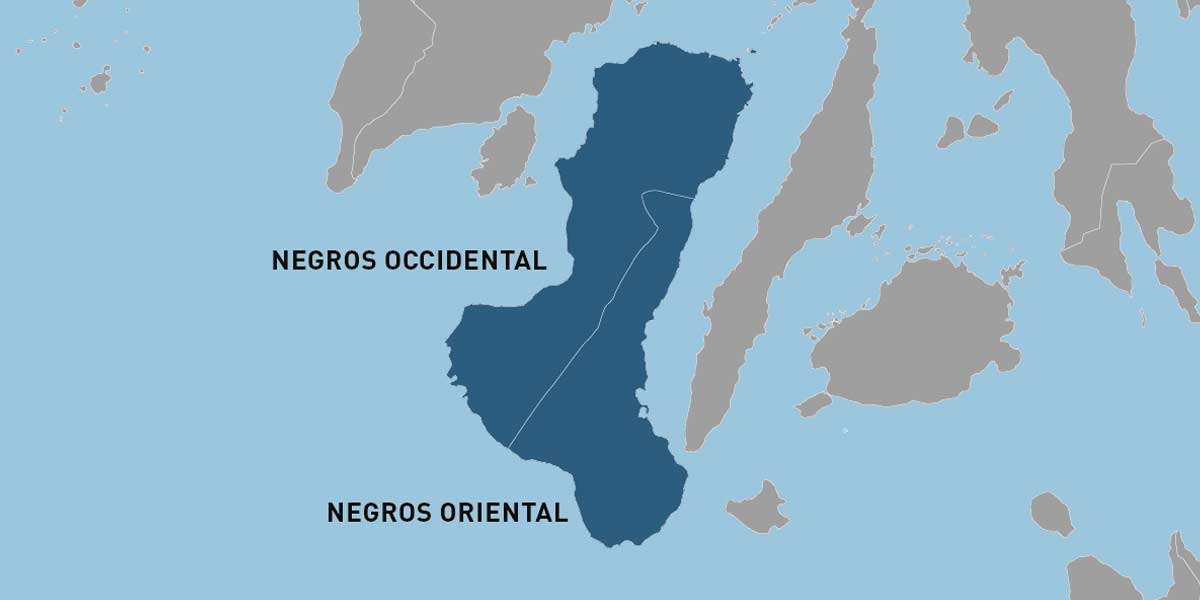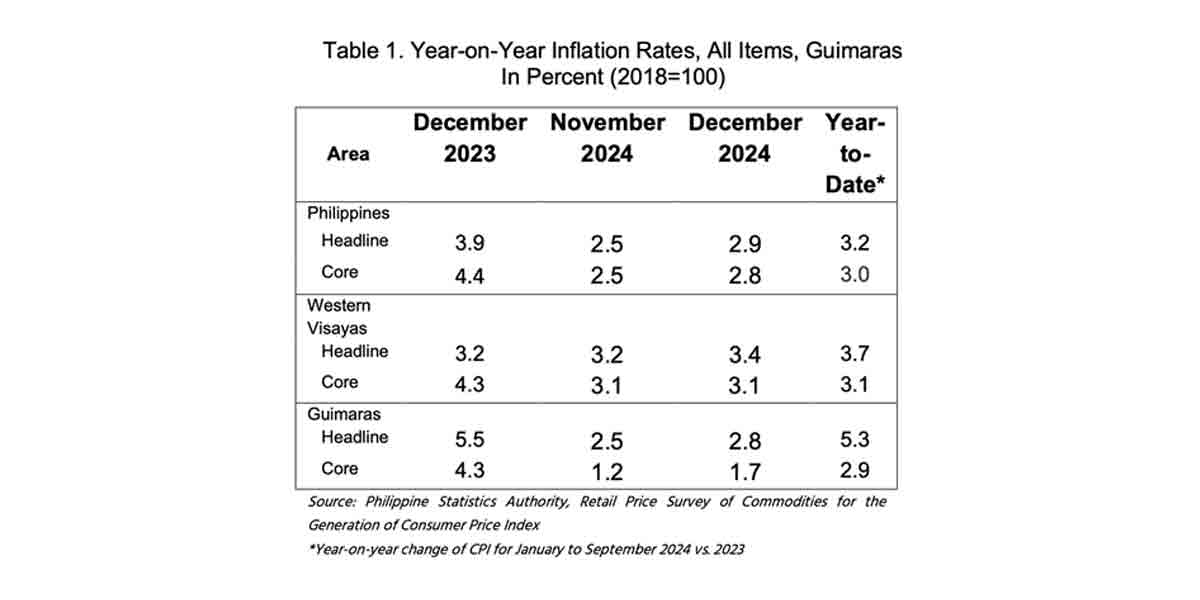 By Herbert Vego
By Herbert Vego
THIS writer has refused to join the chorus of media men who bombard their audience with negative tales about positive cases of coronavirus disease (COVID-19) that border on xenophobia and Sinophobia.
Simply put, xenophobia is the irrational fear of the unknown or anything that is beyond one’s comfort zone. Sinophobia, on the other hand, refers to sentiment against China, the COVID pandemic’s country of origin.
When President Rodrigo Duterte said before a TV camera that we could expect an anti-COVID vaccine from China in December, most netizens reacted unfavorably on the notion that it would make guinea pigs out of Filipinos.
I have always cautioned against allowing panic to becloud our sensibility; it could be worse than the feared disease. Based on scientific studies, stress could “invite” that and many other diseases, notably cardio-vascular and mental aberrations. It weakens the immune system, which is our best defense against diseases.
With a strong immune system, the virus carrier may recover with the help of his own antibodies that neutralize the invading COVID antigens.
Another good news is that coronavirus tends to die within one week or up to nine days in its host’s body, according to the New England Journal of Medicine (May 2020 edition).
But why should we not be scared when the bad news comes from reputable sources, namely the World Health Organization (WHO) and the Department of Health? As of yesterday, the total number of recorded COVID cases worldwide in the past six months had hit 18,683,573; in the Philippines, 112,593 cases.
Of the aforementioned summary, 703,135 victims worldwide have died, including 2,115 Filipinos.
It’s bad news, yes, but there is no indication that catching COVID-19 is a death sentence even if there is no medicine or vaccine to stop its spread. In fact, the Philippine situation shows only a fatality rate of two percent. In a country of 110 million Filipinos, why blow 2,115 deaths out of proportion?
Strange as it seems, that pales in comparison to what most of us do not know — that an average of 25,000 Filipinos per year die of tuberculosis (TB), according to the Philippine Statistics Authority (PSA).
The PSA records also reveal that an average of 1,587 Filipinos die of various causes daily – around 45,000 per month, or 540,000 per year.
The first COVID case in the Philippines — recorded on January 20, 2020 — was not one of us. She was a 38-year-old female tourist from Wuhan City, China, where the disease had originated.
The China media first called the culprit “novel coronavirus-19” (nCov-19), allegedly passed on from the meat of pangolins, bats or other wild animals sold in a public market in Wuhan, China.
A “conspiracy theory,” however, refutes that initial story and places the blame on Wuhan Institute of Virology, from where the cultured virus allegedly “escaped”. That controversial angle has already been well-covered by both the mainstream and the social media.,
Methinks the DOH and the Philippine government have erred in imposing illogical protocols in the guise of prioritizing life over livelihood.
When the Philippine government on April 12, 2020 instructed hospitals and local government units to cremate bodies of patients who had died of the Covid-19 within 12 hours; otherwise, it insinuated, the dead bodies could be harmful when buried.
However an earlier circular (March 24, 2020) from the WHO had said that “people who have died from COVID-19 can be buried or cremated.”
The WHO circular also stated that “COVID-19 virus is transmitted between people through droplets during close contact, with possible spread through feces. It is not airborne.”
That explains why we are required to wear face mask, observe physical distancing, disinfect hands with alcohol and wash them with soap and water.
If that is good enough, then community quarantines and business lockdowns would have been unnecessary. It could have been business as usual.
The usual explanation is that we could be exposed to the disease through COVID “sufferers” who don’t even know they suffer; they show no symptoms like cough, fever, diarrhea or colds. Hence, asymptomatic kuno.
To local government heads like Mayor Jerry P. Treñas, who won the election on the platform of economic growth, the reported resurgence of infections in Iloilo City (57 active cases) saw him crying during last Monday’s flag ceremony at City Hall.
He said he had signed an executive order reimposing curfew hours (10 p.m. to 4 a.m.) and ban on the sale of liquor from August 4 to 18.
A few days ago, the mayor and his family had walked around a mall one-meter apart a mall to demonstrate “safe shopping”.
One of the mayor’s nieces, restaurateur and chef Pauline Gorriceta-Banusing, recently vented her emotion on a Facebook post: “Are we addressing the problems? I really do not know. I had experienced how this Covid situation is being handled. Backlog of testing results, lack of hospital rooms, lack of facilities, lack of consultation from people in the medical field…”
But she also tried to lighten her yoke, joking, “I am not an alcoholic but I feel like finishing a bottle of Jack Daniels now.”
-oOo-
SOMEBODY from barangay Villa Anita broke the news that hundreds of squatters thereat are mostly “thieves” who – in cahoots with syndicated linemen – have been illegally drawing electricity from street transformers through so-called jumpers. The practice has been going on for decades under the negligent eyes of the defunct power distributor, Panay Electric Co. (PECO).
During our radio interview with Mayor Jerry P. Treñas on “Tribuna sang Banwa” on Aksyon Radyo last Sunday, he brushed aside the problem as something that could easily be solved by the current distribution utility, MORE Electric and Power Corp. (MORE Power), through “legalizing” the squatters’ electrical connections.
“Masarangan nila solusyonan ang problema,” he said.
Our friend Ariel “Aye” Castañeda – head of Task Force I-Konek of MORE Power – said that low-load power users have no choice but apply with the company for legitimate electrical installation because of the on-going city-supported “Oplan Kakas Jumpers”.
To prove its seriousness in this campaign, MORE Power has already filed criminal charges against recidivists for violation of the anti-pilferage law (RA 7832).
Low-load customers are only required to produce four documents to apply for power connection at low cost, namely a barangay certification, a location diagram approved by City Hall, a government-issued ID and an undertaking of conformity by applicant.
MORE Power would process their applications upon payment of a P2,500 bill deposit.
What if they, as in the past, say, “Indi kami kasarang”?
“Masarangan nila,” Castañeda assured us. “They would be paying in easy installments whatever balance will be reflected in succeeding billings.”




















